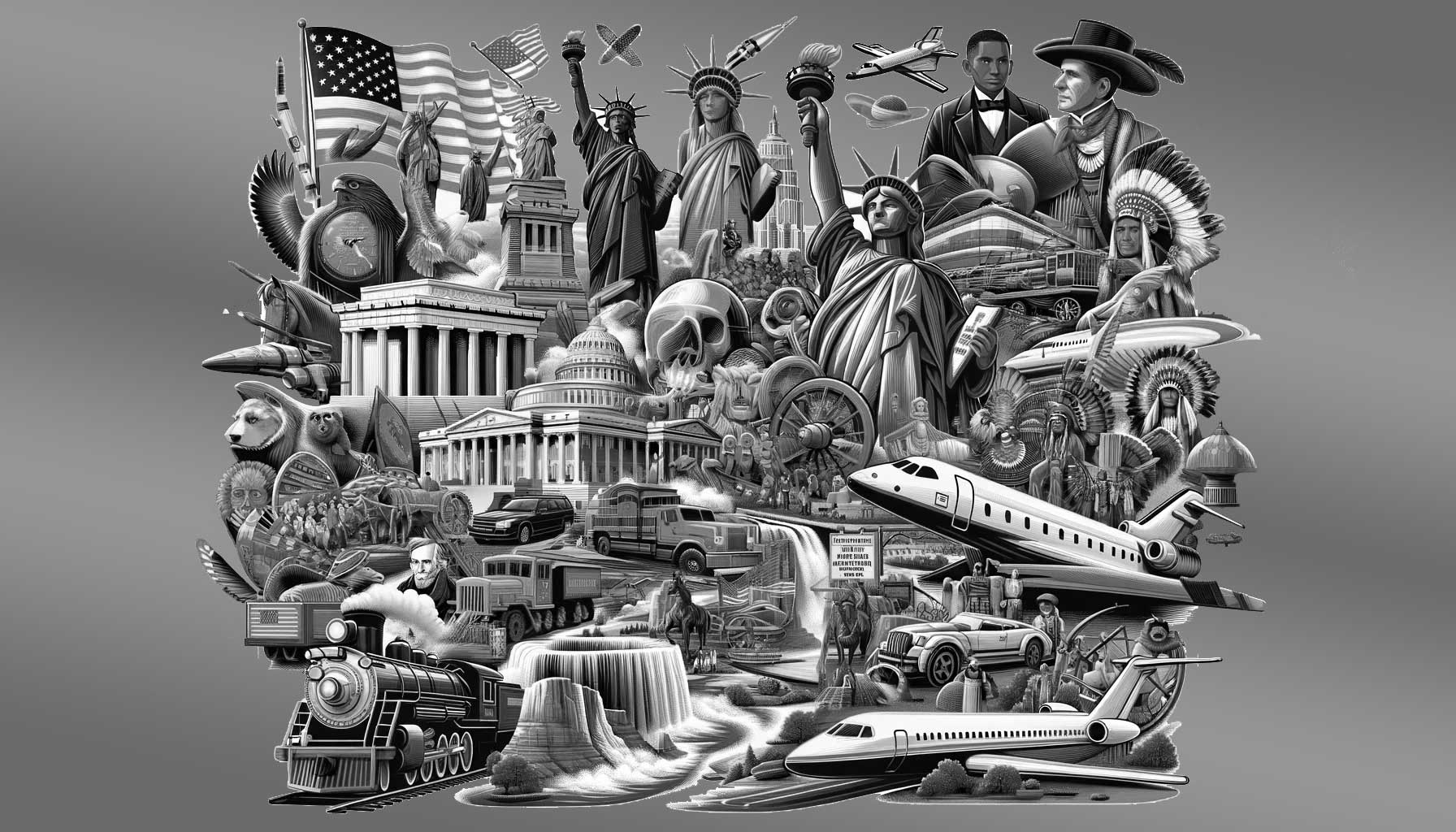Flashback to October 6
American History

October 6, 1966, marked a significant turning point in United States drug policy as the government declared Lysergic acid diethylamide (LSD), commonly known as acid, illegal. This psychoactive drug, known for its psychological effects, was first synthesized in 1938 and popularized in the 1960s counterculture movement, presenting perceptual, spiritual, and intellectual experiences. However, the defining alarm that triggered its prohibition were the unpredictabilities associated with its use, leading to serious societal concerns and considerations for public health.
The path towards the criminalization of LSD began with its discovery by Dr. Albert Hofmann in the late 1930s. Hofmann, a Swiss chemist, first synthesized LSD from the alkaloids in the ergot fungus. Initially, the drug was primarily used in psychological and psychiatric research; its powerful hallucinogenic properties intrigued scientists who saw potential therapeutic applications. Within the medical fraternity, the exploration of potential therapeutic benefits from its controlled use saw the birth of psychedelic therapy.
In the early 1960s, LSD use spread outside the confines of the laboratory, finding a place amidst the counterculture movement. Influential figures of the time, like Timothy Leary and Ken Kesey, advocated for the mind-expanding properties of LSD, claiming that it could lead to profound personal growth and enlightenment. This period witnessed a surge in recreational use, with its popularity soaring among artists, writers, and musicians who touted it as a source of inspiration and creativity. Following Woodstock and the Summer of Love, LSD was deeply embedded in America’s cultural history and became synonymous with the country’s counterculture movement.
However, reports began surfacing regarding the dangerous and unpredictable effects of LSD. Users often experienced harmful consequences, including psychological distortion, panic attacks, severe paranoia, and accidental injury due to impaired judgment under the influence. These negative experiences were encapsulated in the term “bad trips”. Adding to this, longitudinal studies suggested that long-term LSD use could result in persistent psychosis and Hallucinogen Persisting Perception Disorder (HPPD), colloquially referred to as “flashbacks.”
In response to these growing concerns, on October 6, 1966, the United States passed the Drug Abuse Control Amendment, which marked LSD as a Schedule I drug. This designation deemed it to have a high potential for abuse, no currently accepted medical use, and severe safety concerns. This legislation didn’t merely make the possession of LSD illegal, but it also brought the manufacture and distribution of the drug under federal law enforcement’s scrutiny.
The criminalization of LSD significantly impacted societal perceptions of the drug. On one hand, the law deterred many from its use, leading to a decline in LSD popularity and, subsequently, a decrease in consumption rates. Conversely, it also created a prohibited allure that tempted many curious thrill-seekers into the dangerous waters of LSD experimentation.
Despite its federal classification, scientific interest in LSD has not completely waned. Research teams in recent years have rekindled the discussion around the therapeutic uses of psychedelics. Studies are ongoing to evaluate LSD’s effectiveness in treating psychiatric disorders like depression, anxiety, post-traumatic stress disorder (PTSD), and addiction.
the historical upheaval that brought about the illegality of LSD in the United States demonstrates the complex interplay of societal, psychological, and legal factors influencing drug policy. Despite its controversial past, LSD remains a significant component of counterculture history and contemporary scientific research. The story of LSD tells a tale of discovery, exploitation, fear, and redemption that continues to unfold even today.
This exploration of LSD’s history and the factors leading to its criminalization imparts a deeper understanding of drug policy evolution in the United States. The journey from a potential therapeutic tool to an illegal substance speaks volumes about the dynamic nature of societal norms and scientific understanding in shaping the legal landscape. Despite the passage of decades, the saga surrounding LSD continues to be relevant – it represents a historical case study, offering crucial lessons about the impact of pharmacological substances on society at large.
We strive for accuracy. If you see something that doesn't look right, click here to contact us!
Sponsored Content

Thomas Edison shows his…
"Experience the historical moment…

LSD is declared illegal…
On October 6, 1966,…

Mormon Church outlaws polygamy.
On October 6, 1890,…

Iva Toguri D’Aquino (Tokyo…
Iva Toguri D'Aquino, infamously…

